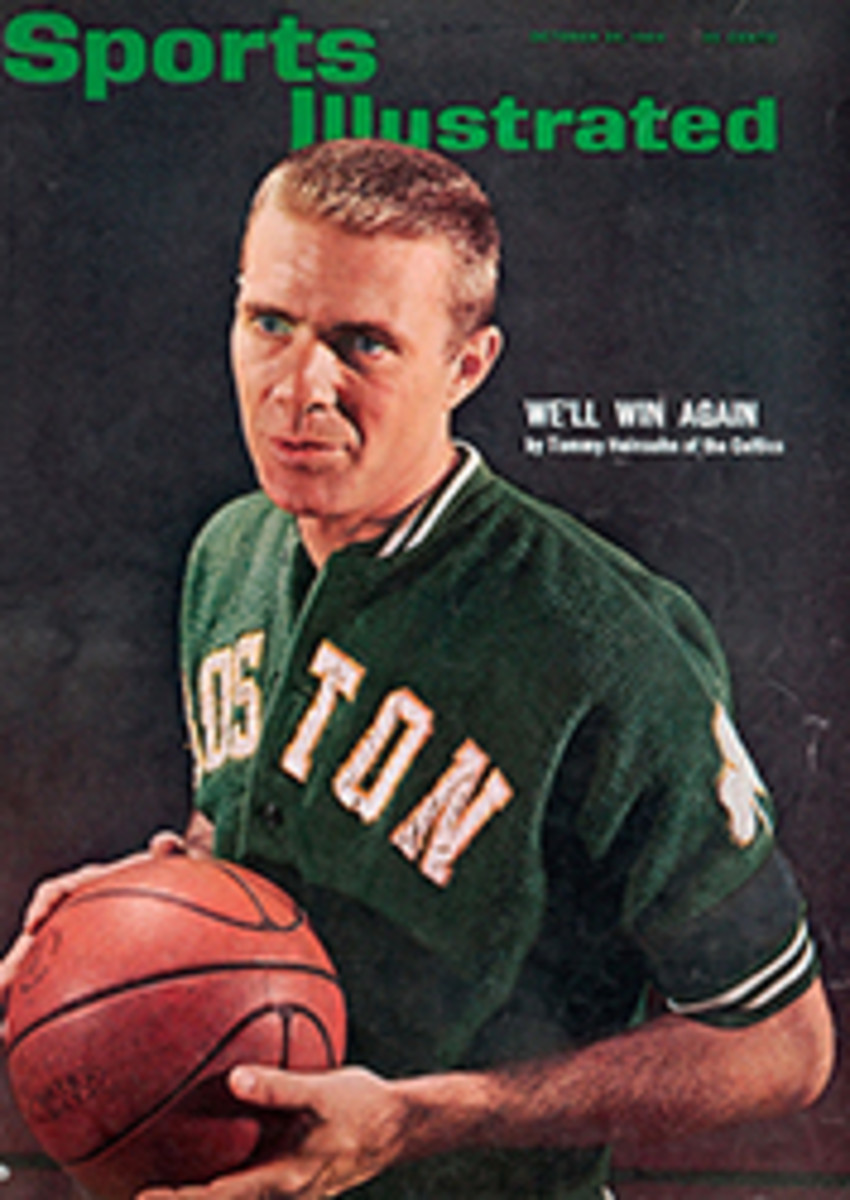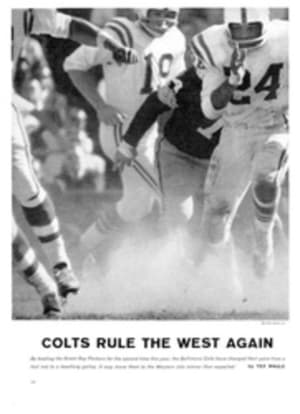
LETTER FROM THE PUBLISHER
The energetic sketches of Frank Mullins, analyzing the 1964 pro basketball outlook in this issue (page 50), were drawn during recent games as the artist followed the teams on a 7,000-mile trip around the country. Usually the images were formed in split-second glimpses while the teams were in action; sometimes there was time for a penciled note or a memory-refreshing photograph during those restless, catlike pauses that occasionally interrupt the otherwise ceaseless turbulence of basketball.
When Mullins and Jerry Tax, the basketball editor of SPORTS ILLUSTRATED, went over the sketches they talked about the coming season with a confidence rarely encountered in sport. They were like two drama critics fresh from the out-of-town tryout of a show that is certain to become a hit. "Part of the interest in this game comes from the fact that the spectator is in the middle of it," Tax says. "More than football, or baseball, or horse racing, the detailed action is directly before him. He can see the facial expressions and the attitudes of players only 20 or 30 feet from him on the court; he is right on top of them."
It used to be said that nobody liked basketball except 20 million players and fans. Many sportswriters avoided it, and artists were unaware of its explosive movement and color. For nearly 10 years now Jerry Tax has been tirelessly demonstrating in this magazine the subtlety and human drama that are to be found in the game if it is approached in terms of its enormous technical complexity. We think he has proved his point, though pro basketball, at least in intellectual circles, has yet to acquire the "in" status of pro football.
Tax developed his basketball interest first, his intellectual interests later. Born in Easthampton, Mass., he grew up in Brooklyn, in a music-loving family where he was an aspiring violinist and a scrambling substitute on the basketball team of the Jinx Athletic Club of Borough Park. He graduated from high school at 15 and attended the University of Maryland, where he managed to find an assortment of odd jobs, including one of writing local items for the Washington Herald, to help meet Depression-years expenses. Tax later worked for the Herald in Washington and served as a radio operator with the infantry in Europe during the war.
His first contribution to SPORTS ILLUSTRATED was a remarkable essay on time margins in key baseball plays, an essay that demonstrated his gift for making the technical aspects of a sport interesting—even exciting—as if an arithmetic lesson could be turned into a close play at first. There was little precedence for Tax's contributions to basketball literature. Until he began writing about basketball for us, the sport had been handled almost exclusively on a regional basis, as if what happened in the Rocky Mountains had no relation at all to what was going on in the Southeast or in the Ivy League. Tax felt that basketball was a national game—in some ways the most national game—and he chose to report it as such.
Apart from his restless interest in the technical side of all sports, the basketball editor is absorbed in nothing more turbulent than music, where his taste runs to extreme traditionalism. His wife plays the piano, and so do their three daughters. All three daughters also play the guitar, one plays the flute, and one the clarinet. In the evenings the Tax household reverberates with domestic harmony, classical school.
PHOTO
BASKETBALL EDITOR JERRY TAX

